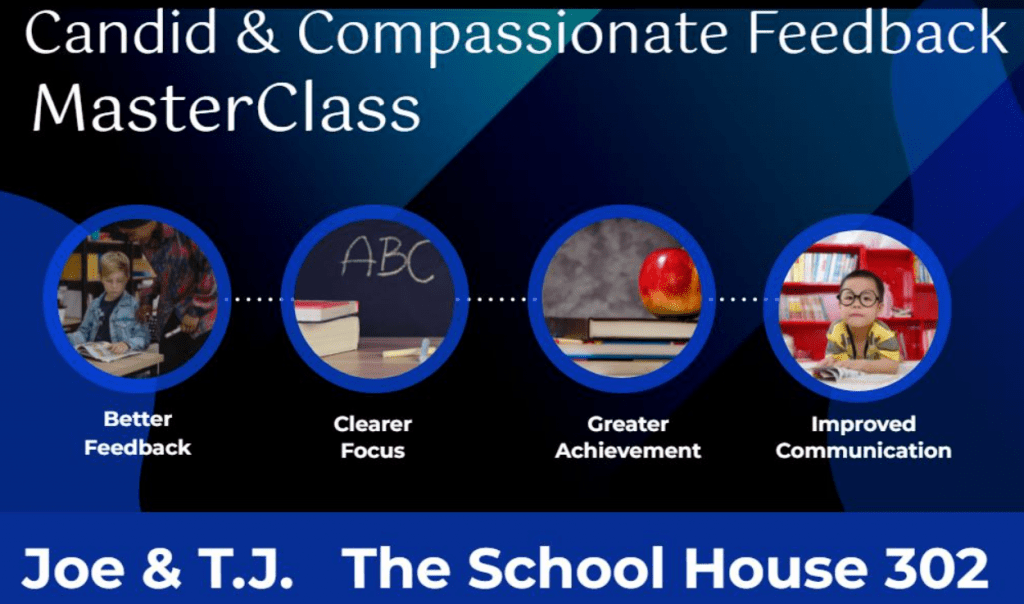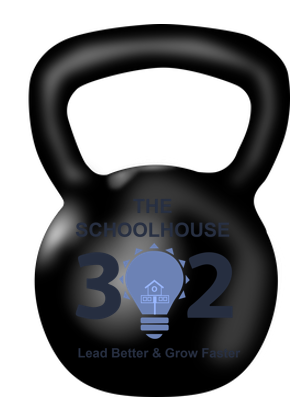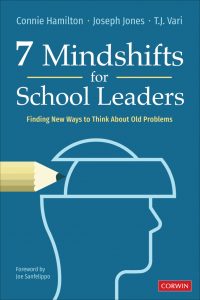
Looking to Improve Performance In A Supportive School Culture? Here Are Two Books that Every School Leader Must Read
Great School Leaders are Avid Readers
Learning and growing as a school leader through reflection, training, and experience is a professional choice. One powerful way to improve is through reading great books, which is why we feature a couple each month. Our aim is to link great books to our theme for the month. This month we are focused on creating and maintaining a culture of support in schools.
We’ve heard from our subscribers that this content is being used as a leadership development curriculum. Kudos to you for investing in yourself as a school leader to grow and improve.
In supportive schools, everyone has a voice. It doesn’t mean that they have a say. We often confuse the two. Listening doesn’t always require action, but finding time and space to share ideas, even about things that aren’t going well, is what drives a team environment in schools. We need to focus on support, learn more about it, and become as intentional as possible.
For this reason, we chose two books that are must reads for school leaders who want to build truly supportive environments for teachers and other staff members.
Joe’s Pick: Performance Conversations: How to Use Questions to Coach Employees, Improve Productivity, and Boost Confidence
Featured Author: Christopher D. Lee, Ph.D.
Joe loves Performance Conversations because it is about improving performance. This is a necessary turn in education where administrators develop not only evaluation skills but also coaching skills. Having the ability to coach teachers and staff members to accelerate performance will raise the achievement in any school.
A Few Key Reasons to Read Performance Conversations
- This book dives into the power of inquiry, coaching, and positive mindset, making a case for the value of each one and how they develop an individual.
- The author clearly supports the use of questioning and how we must view it as a tool–a tool used to generate incredible conversations that inform the listener.
- There is also a really cool Continuum of Support figure, detailing the methods of support discussed in the book–Supervisory, Coaching, Mentoring, and Sponsoring.
- In the end, what makes this book a must read, though, is the detail with what the author calls the Magnificent 7.
- What is going well?
- What is not going well?
- What else is going on?
- What are the status of your goals, action plans?
- What can I do for you?
- How are your professional relationships going?
- How are you?
With a focus on supporting effective cultures, this book is a must read.
T.J.’s Pick: The Carrot Principle
Featured Authors: Adrian Gostick & Chester Elton
T.J. landed on The Carrot Principle being his book of the month because, well, he loves this book. There are some books that truly resonate with the reader and this book is one of T.J.’s all time favorites. Here’s why it’s so good: it’s based on empirical evidence and the contents are easy to apply. Everyone can celebrate, and everyone should get better at it. With 70% of managers still skeptical about the use of praise, maybe it’s not praise but rather their confidence with doing so.
A Few Key Reasons to Read The Carrot Principle
- Let’s begin with a major, must understand, takeaway for any leader: “79% of people who leave their company cite lack of appreciation as a key reason for leaving.” What? This is something we can change tomorrow.
- The authors describe, and this is a main point from T.J., that many leaders are afraid to use praise. The key is not to hold back and to build a culture of systemic recognition.
- Another terrific point made throughout the book is that the praise should be done right.
- A few things not to do:
- Don’t be vague
- Don’t be skeptical
- Don’t be ambiguous
- A few things not to do:
- Most importantly, the authors provide their readers with a way to bring recognition and praise front-and-center in four ways:
- Goal Setting
- Communication
- Trust
- Accountability
Countless leaders work incredibly hard, but what if all of your efforts fall short because you are getting one thing wrong that is in your grasp to change and control.
Technical Tip for Leaders Who Read
We close every Read This Series with a technical tip. This month’s tip is to ensure the books you read also equip you to lead with diversity in your organization. Performance Conversations has an entire section dedicated to millennials and provides them with feedback to feed forward.
Enjoy both of these books to lead better and grow faster as school leaders.
Let us know what you’re reading by contacting us at [email protected]. And don’t miss our leadership newsletter every week by subscribing on the site.
We can’t wait to hear from you.
This episode of our ReadThisSeries was brought to you by GhostBed, a family-owned business of sleep experts with 20+ years of experience. With 30K+ 5-star reviews, you can’t go wrong with GhostBed. Their mattresses are handcrafted, and they come with a 101-night-at-home-sleep trial. For a limited time, you can get 30% by using our code — SH302 — at checkout. And, even if you tell someone about GhostBed, you can earn a $100 referral reward. Go to Ghostbed.com today and use SH302 at checkout.

















 7 Mindshifts for School Leaders: Finding New Ways to Think About Old Problems.
7 Mindshifts for School Leaders: Finding New Ways to Think About Old Problems. 


